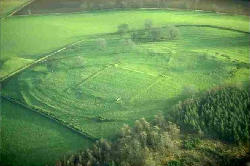 |
Description: Looking over the present town of Duns, a path leads from Castle Street to the top of this hill, site of the first town. The hill is crowned by the defensive banks of an Iron Age settleme...
Type: Archaeological-Sites
|
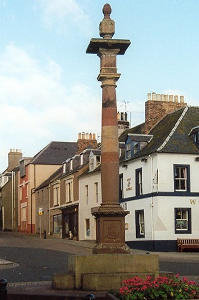 |
Description: Duns was granted the status of a Burgh of Barony in 1490 by King James IV in favour of George Hume of Ayton and his son, John. The Market Cross was a symbol of the town's commercial ...
Type: Archaeological-Sites
|
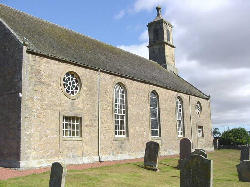 |
Description: The mediaeval church dedicated to St Andrew was replaced by the present building in 1774. The western boundary walls of the kirkyard include parts of the Convent Church of St Mary the ...
Type: Archaeological-Sites
|
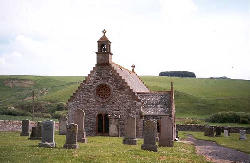 |
Description: The present church dates only from 1899, built on the site of at least two previous buildings. The original church was severely neglected after the Reformation, and a new building was e...
Type: Archaeological-Sites
|
|
Description: Standing by the roadside, this cross was erected so that travellers would know that they were approaching the boundary of Eccles Nunnery, a Cistercian Nunnery. This priory was in existen...
Type: Archaeological-Sites
|
 |
Description: Greenlaw County Hall was built in 1829-31 to house the offices associated with the local government of Berwickshire, Greenlaw being, at that time, the county town of Berwickshire. Design...
Type: Historical-Buildings
|
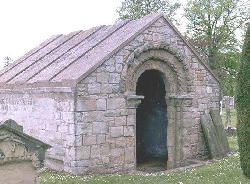 |
Description: Very highly carved Romanesque doorway, dating from the 12th century; formerly the door to the church, Now the entrance to a burial vault in the graveyard. Ownership: In the care o...
Type: Archaeological-Sites
|
 |
Description: Dating from 2nd century, one of a very limited number of Iron Age brochs in the lowlands of Scotland. It sits within an earlier fort which is surrounded by ramparts and ditches. Later,...
Type: Archaeological-Sites
|
|
Fuchsia Scene � The Fuchsia Centre Description: Small specialist Fuchsia centre with a fuchsia show garden and sales area. Advice freely given. Ownership: Private Situation � OS ref: NT8...
Type: Gardens
|
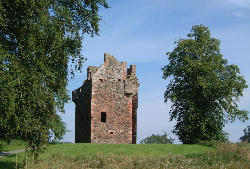 |
Description: A handsome four storey tower house built to an L-shaped design in 1581. It still retains its iron gate. Formerly the property of the Gordon and Seton families, in later times it came ...
Type: Historical-Buildings
|
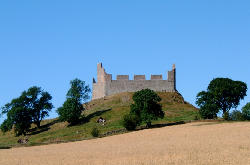 |
Description: A rare example of a simple courtyard castle of the 13th century, the ruined curtain walls forming the basis of a folly built in 1794 for the last Earl of Marchmont. Ownership: In t...
Type: Historical-Buildings
|
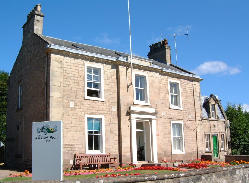 |
Description: Museum dedicated to the life of Jim Clark, twice world motor racing champion in the 1960�s. Contains a unique collection of memorabilia, trophies and photographs. Ownership: Scottis...
Type: Museums
|
|
Description: Manderston, which is the home of Lord and Lady Palmer, is a fine combination of Georgian style and Edwardian practicality. It is unique in having the world famous silver staircase. Th...
Type: Historical-Buildings
|
|
Description: The Fantasy Pottery � home of the "Celtic Legend Collection" � witches, wizards, dragons and fairy-tale castles. Ownership: Private Situation � OS ref: NT 835475 H...
Type: Crafts
|
|
Description: Although the original village dates back to the 11th century, the present village was laid out as a planned village in the 18th century. The market cross stands on the Village Green wher...
Type: Archaeological-Sites
|
|
Description: Old established nursery which has a specialist alpine range, and an extensive range of woodland plants including rhododendrons. Ownership: Private Situation � OS ref: NT 905658 ...
Type: Gardens
|
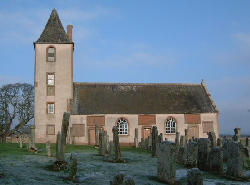 |
Description: Although an inscribed stone set into the south wall claims that there has been a church on this site from before 900AD, this church was built in 1703 and replaced the mediaeval church o...
Type: Archaeological-Sites
|
|
Description: This fine bridge dates from 1770 and was an important element of the Duns to Grantshouse and Dunbar Turnpike which was opened in the 1840's. Today there are fine views along the Ri...
Type: Archaeological-Sites
|
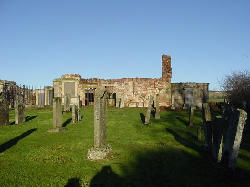 |
Description: The first Preston Church was built in the 12th century and belonged to the Bishopric of Dunkeld. Stones from this period with Norman carving were incorporated into the present church whi...
Type: Archaeological-Sites
|



